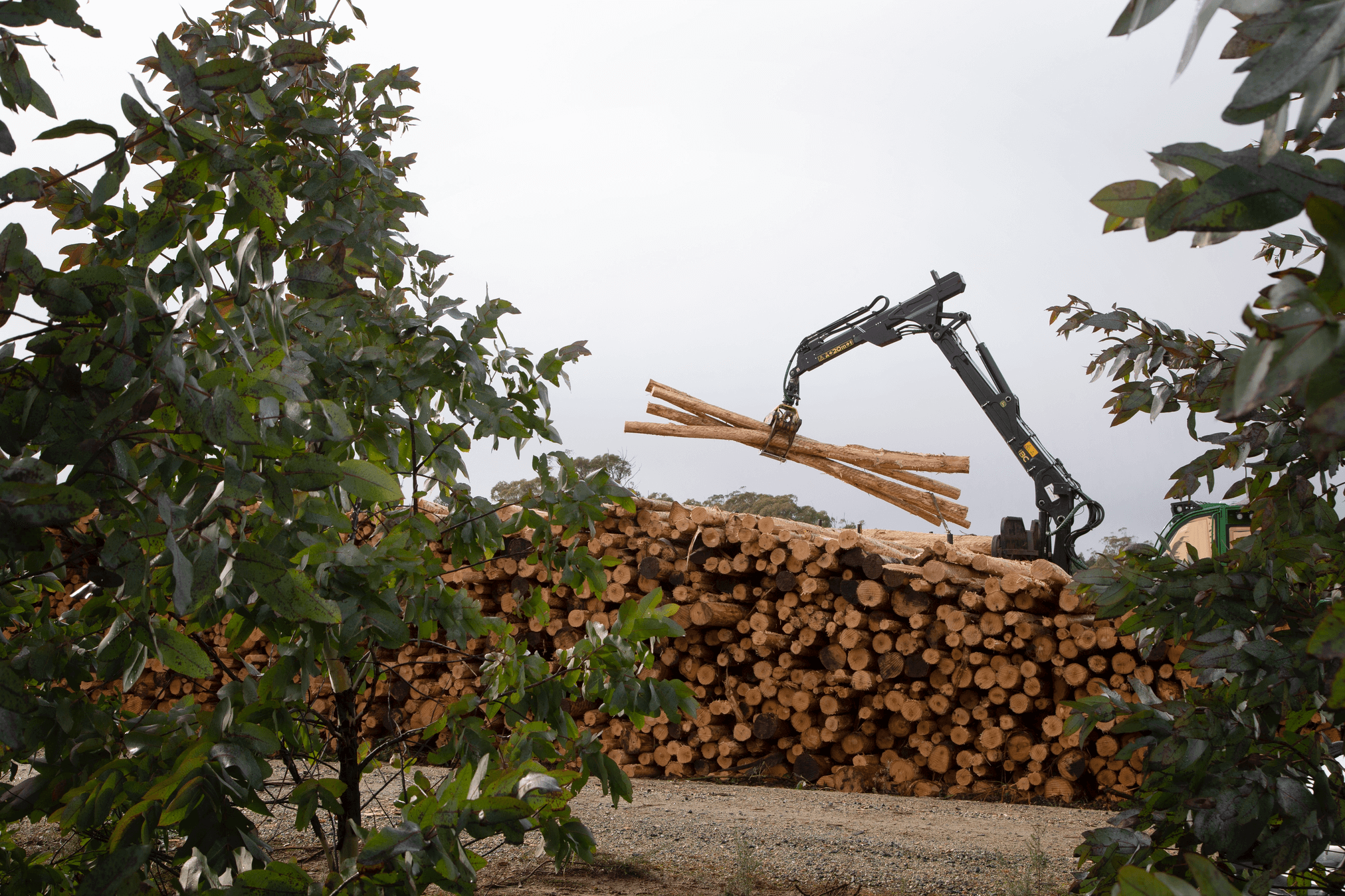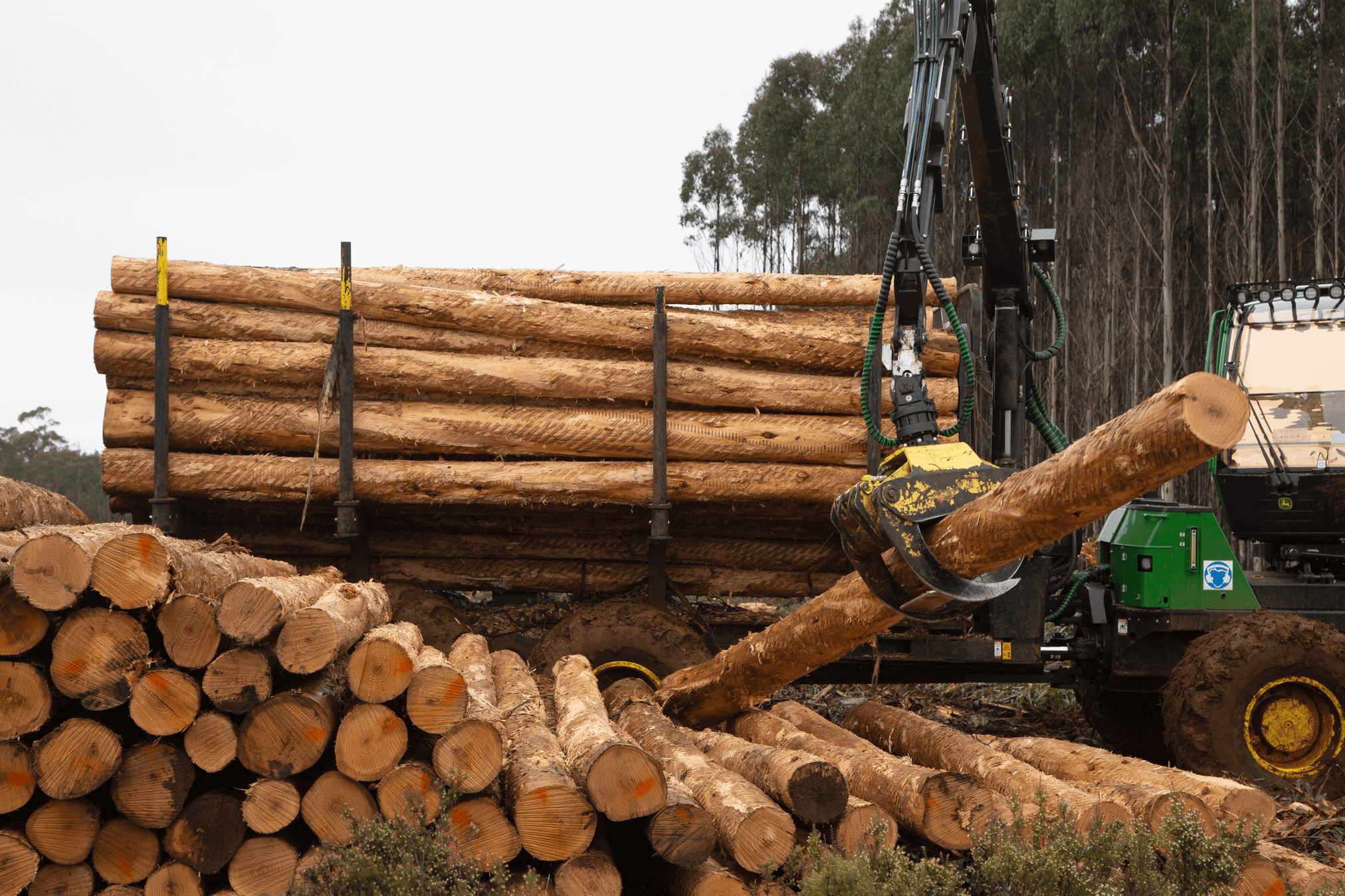From log to LOGR, new technology allows Tasmania’s harvested timber to be tracked in real-time
The evolution of forestry practices has greatly evolved over the last decade. From investing in research and technology to building sustainable communities, to harvesting reclaimed timber from the bottom of a remote lake, to studying the density of plantation grown timber for potential new uses, innovation has exploded across Tasmania’s forestry sector. The state’s forestry suppliers and companies are employing the most innovative systems and processes to ensure efficiency from tip to toe, all with the technology to prove it.

One of these leaders in innovation is SFM Environmental Solutions, a leading provider of independent plantation management across Australia. SFM offers fence to fence management of commercial forestry estates, harvesting logistics solutions, market options and independent advice to a wide range of forest–based projects. Implementing a new software platform has elevated their chain of custody tracking giving their customers peace of mind– in real time.

-683x1024.png)
Having the software built into their existing database by a local design company in May, Price says it’s been a smooth and speedy transition.
“We’ve been using LOGR for six months, and the access to real–time data has been a huge benefit to us and our customers. We’ve eliminated all paper so the issue of not being able to read handwriting, losing dockets or confusion around payments has been eliminated. Before, it could have taken almost a half a month for processing and now it can be completed within a day,” says Price.
Being able to track each truck has also help improve their chain of custody.
“Our chain of custody is much more rigorous now. We can tie down any information that we’re after with the click of a button. If someone wants to know where a truck is or what roads they took to get to their final destination, we can track that.”
While SFM is new to using this technology, Price says the industry only continues to adapt and change as new technologies become available.
“I think that there are a number of forestry businesses that are going to start to go down this kind of path, using systems that allow for data to be collected in real–time. It really is the way forward.”
